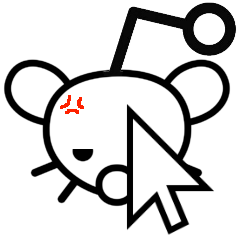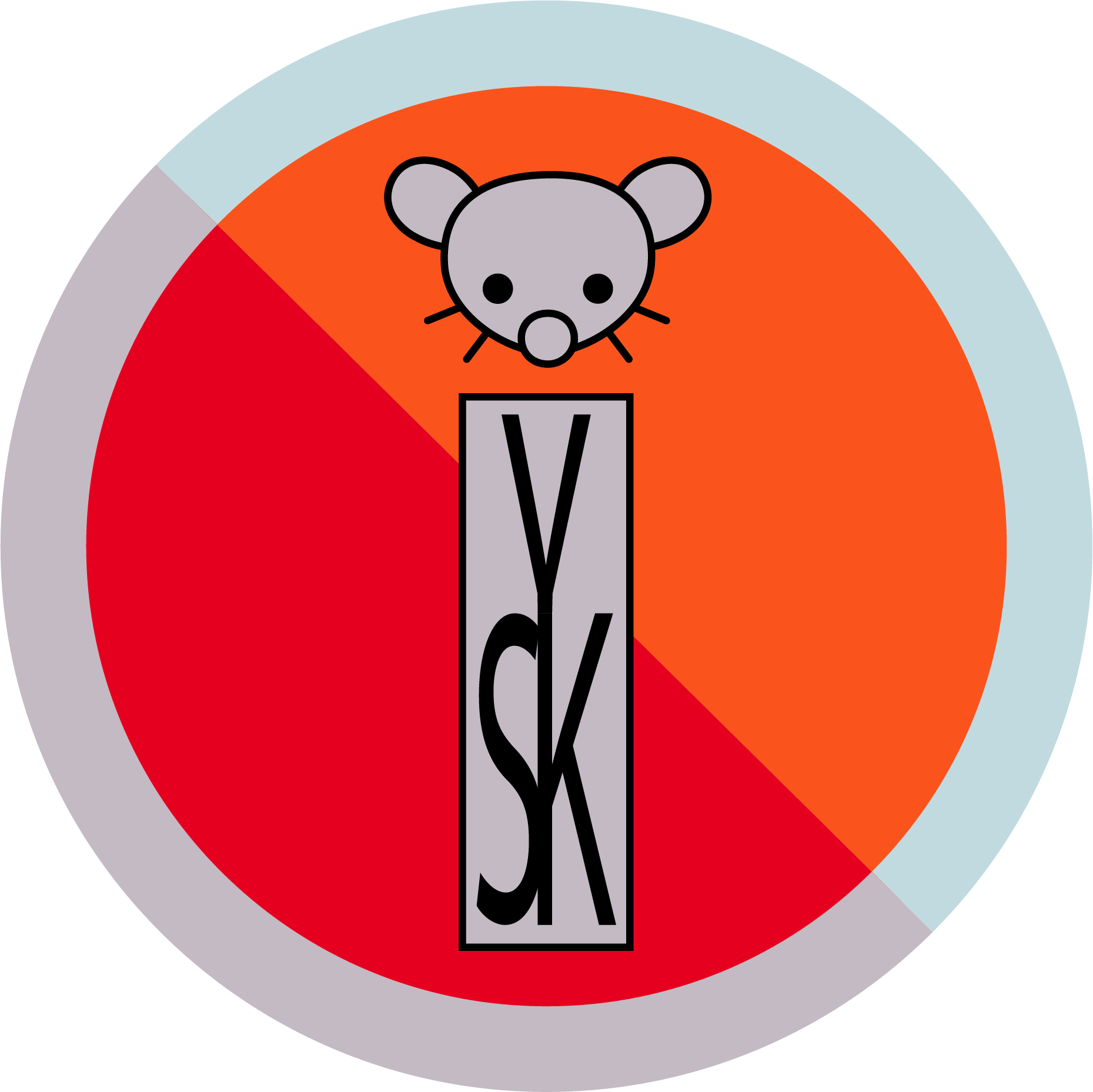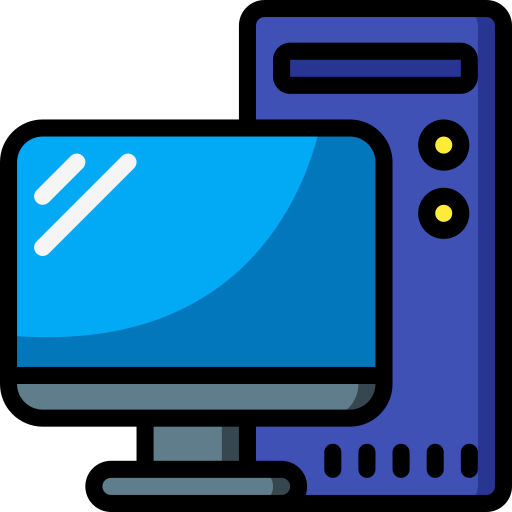

I’m confused what your issue is with the dev. He seems to have posted because uBO was breaking the site for premium users and then got told “just stop monetizing effectively.” Only one reply (don’t use such an obnoxious way to insert the ad sidebar) was actually helpful, though it was at odds with part of his monetization strategy (pay for Premium to get that extra space).
If uBO devs had said “Sure, give this account premium access and we’ll check it out” and he’d refused, that would be different, but instead they said there was nothing he could do to help them and banned him from participating.
It also doesn’t seem that he’s intentionally breaking the app when uBO is in use. Rather, uBO breaks the app when ads aren’t being served and he is now detecting when this happens and serving a message about the fact.
Does anyone know of similar image editors out there that can batch-crop images in a certain aspect ratio/resolution and then export them to webp?
Not similar, but Image Magick can crop images from the cli and has webp support.










The way I read it, he was making it hard to remove the empty sidebar after blocking the ads in it.